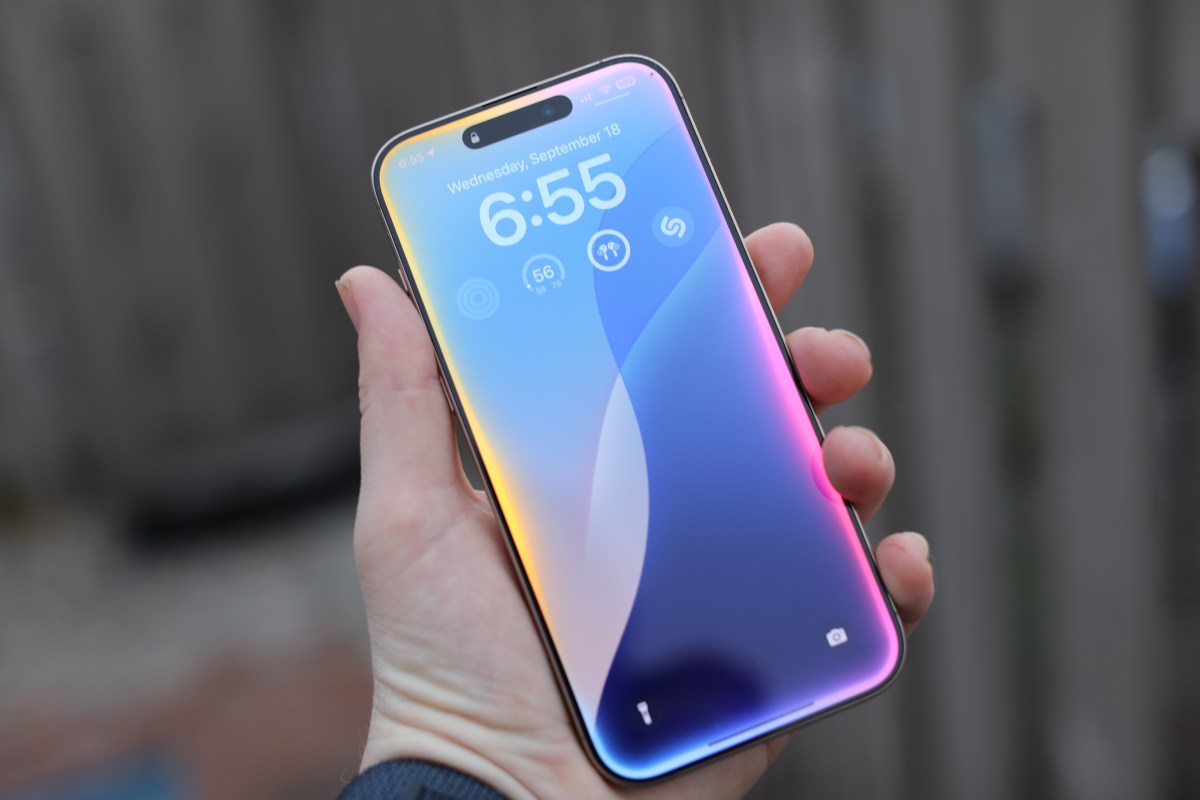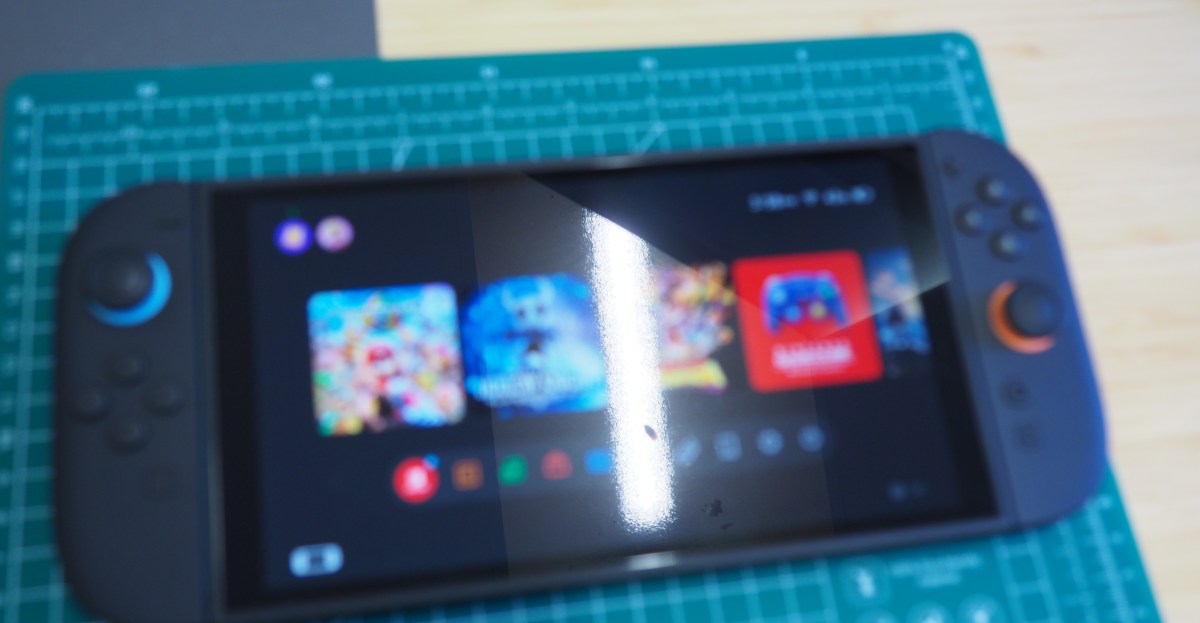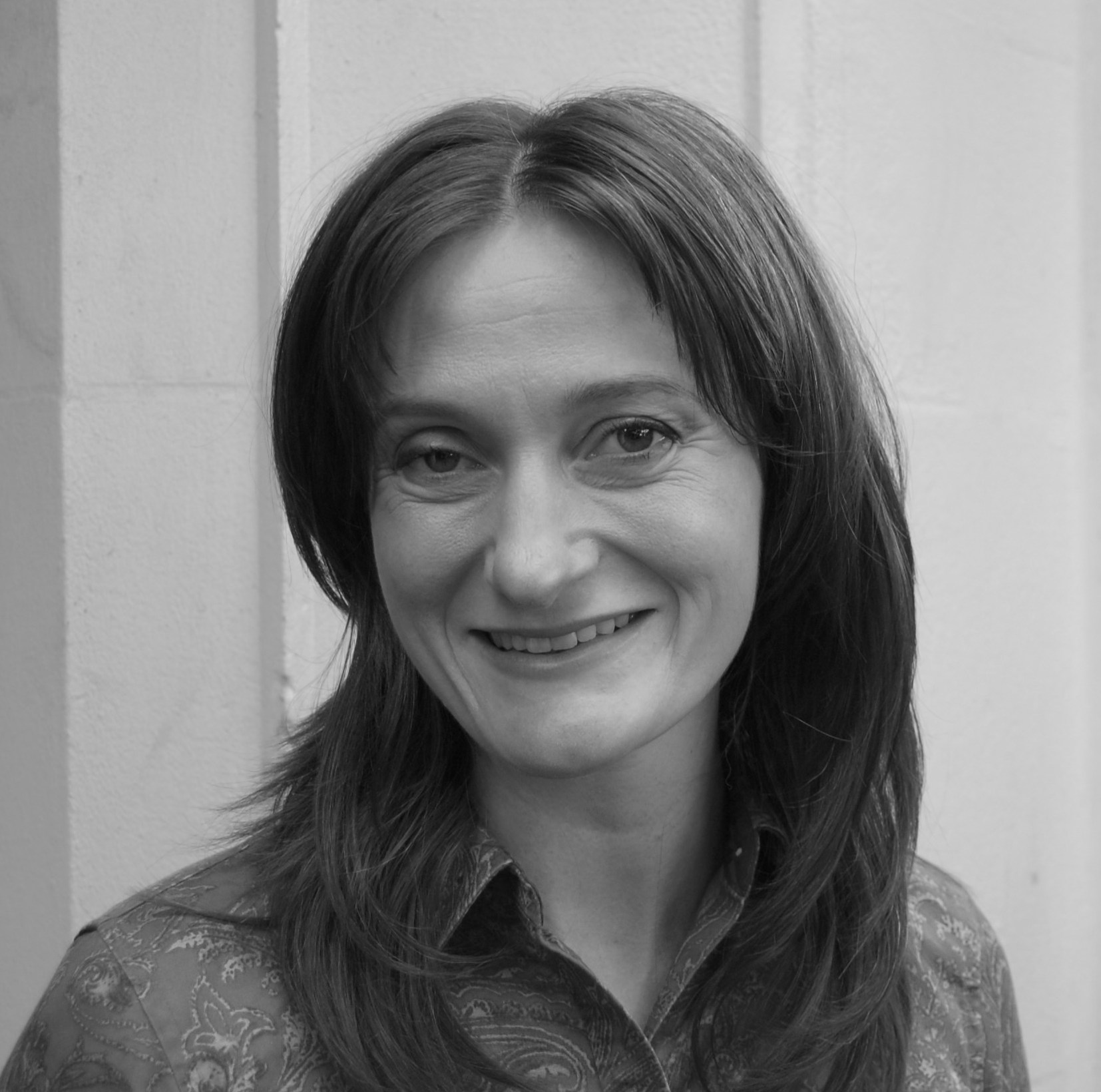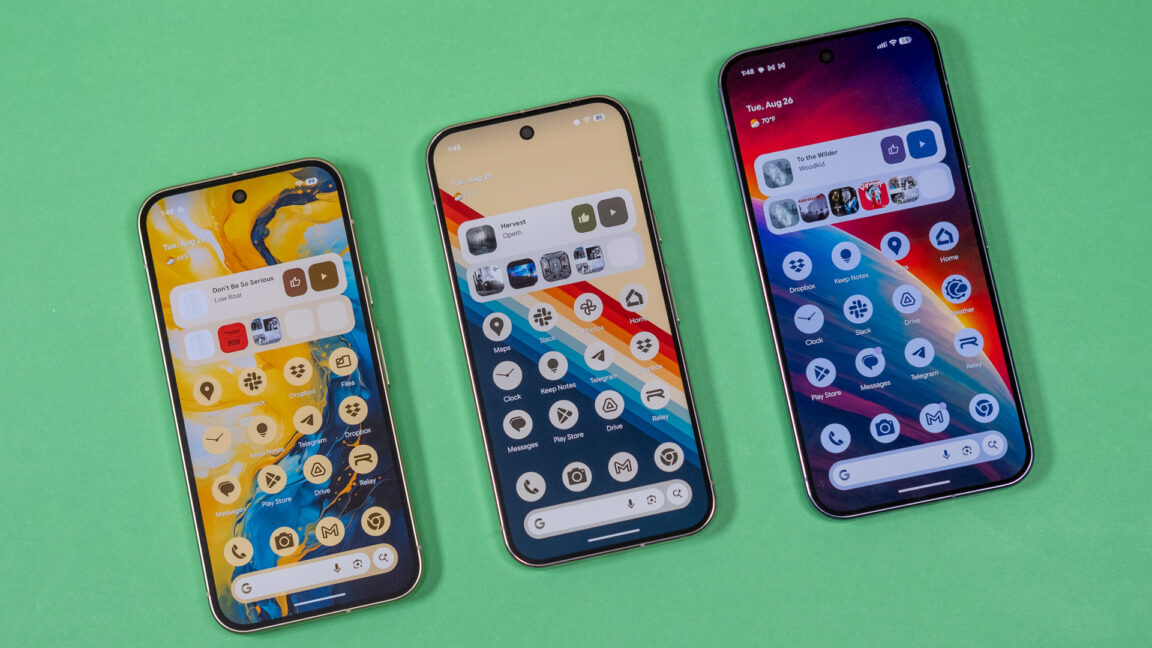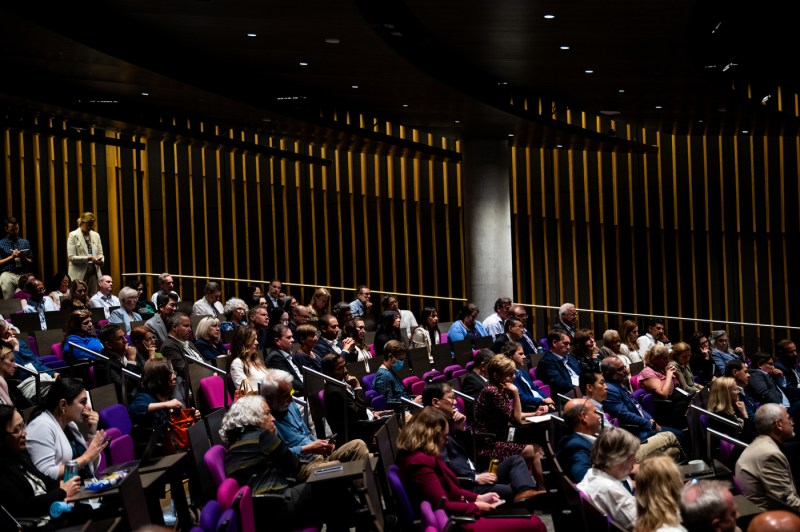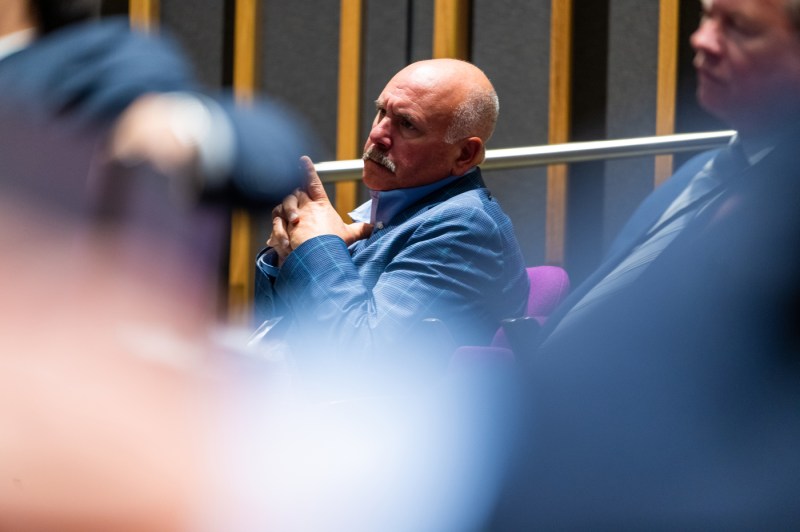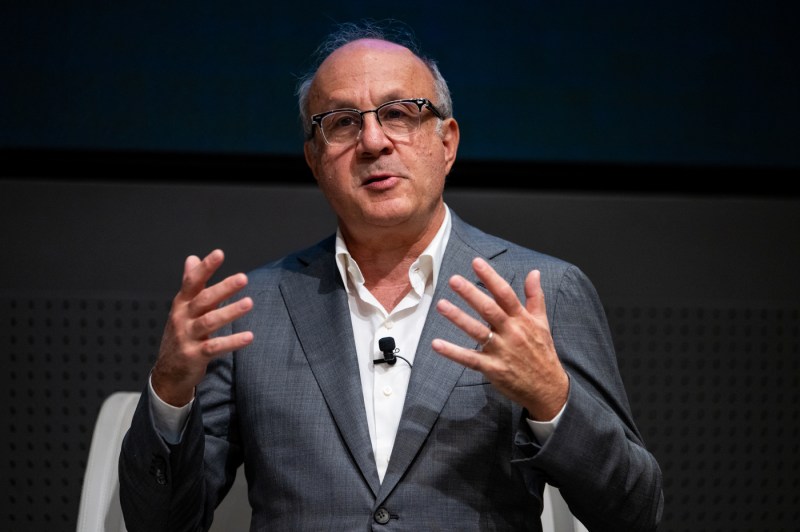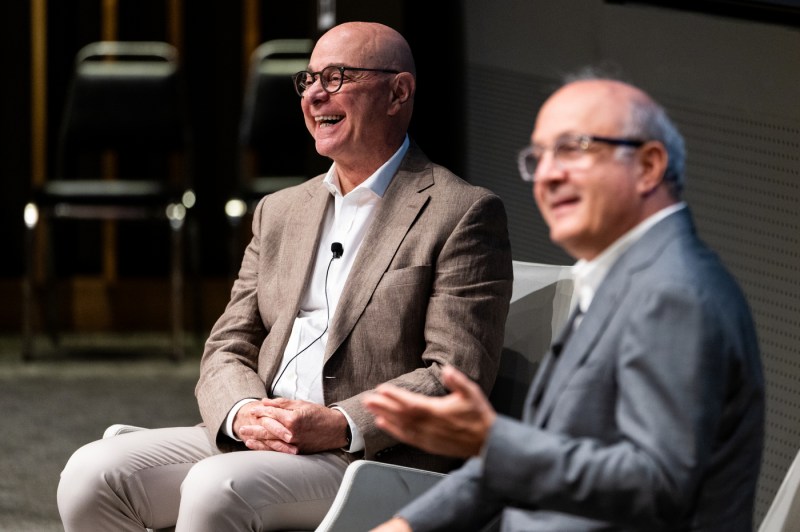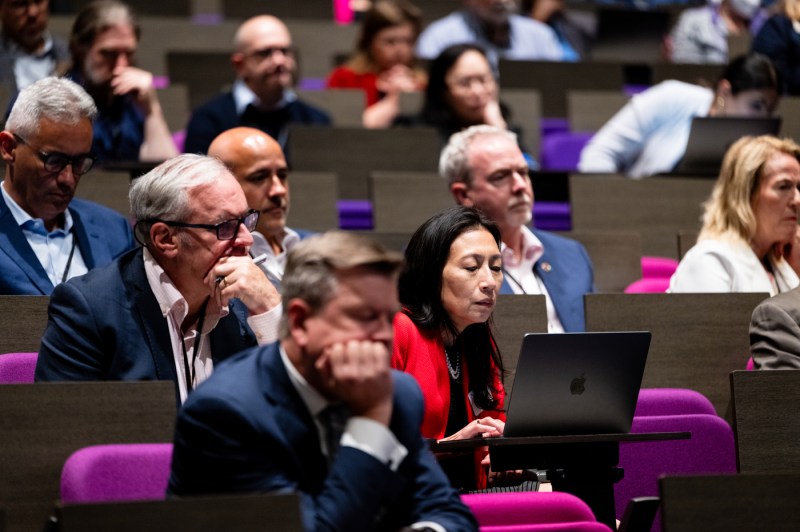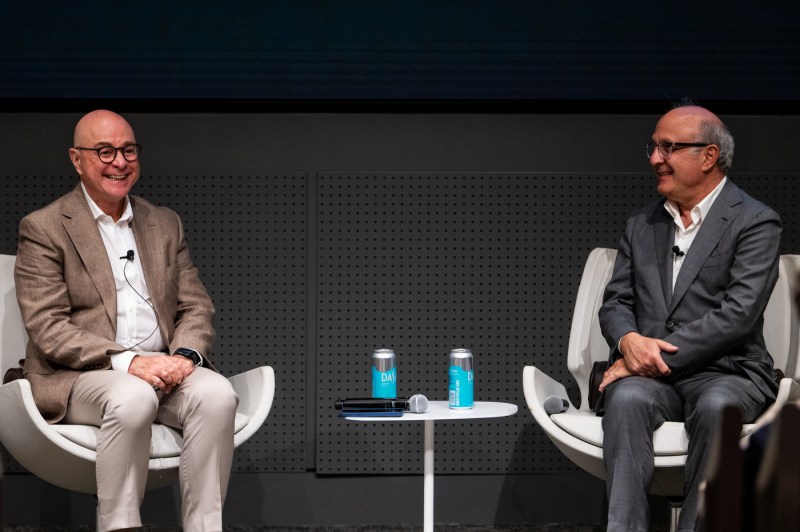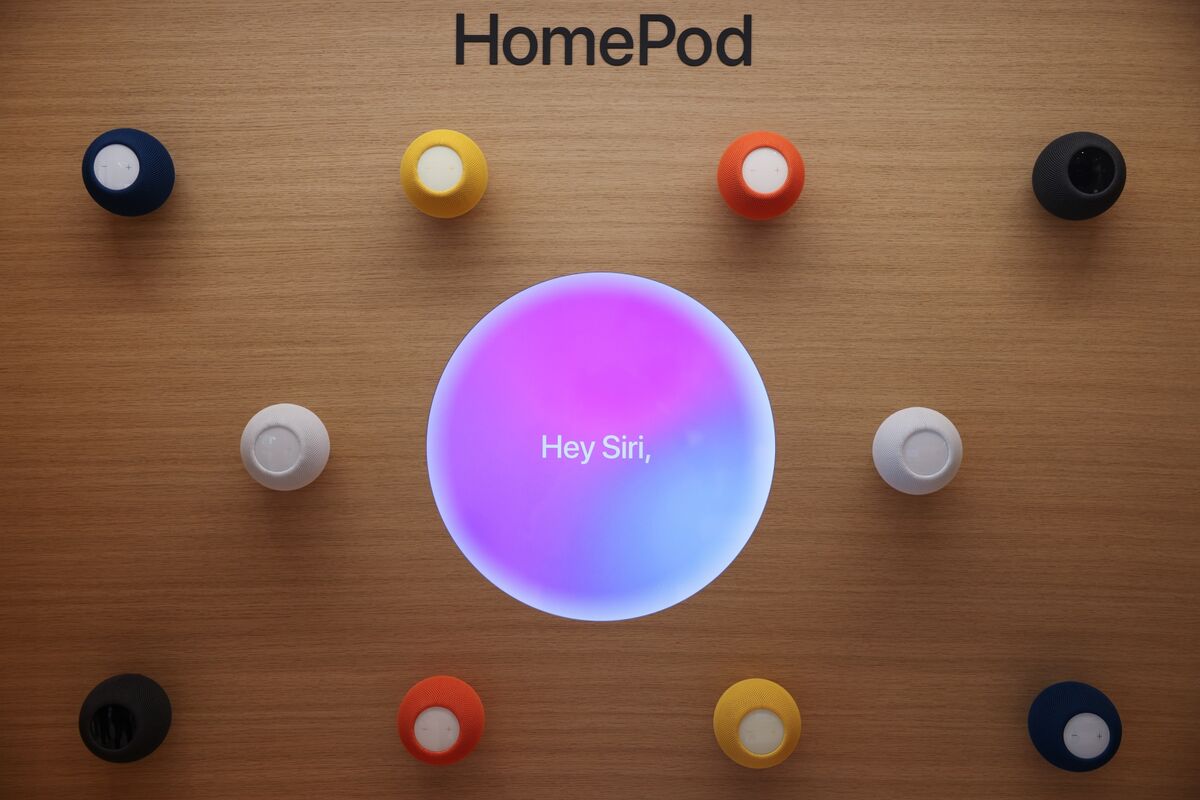A microRNA (miRNA)-based liquid biopsy known as the Destinex assay demonstrated high accuracy sensitivity in identifying gastric cancer (GC), including early-stage cases, according to research published in JAMA Surgery. Silei Sui, M.D., Ph.D., from the Department of Molecular Diagnostics and Experimental Therapeutics, Beckman Research Institute of City of Hope, Biomedical Research Center, Monrovia, California, and team sought to address a significant unmet clinical need for cost-effective, minimally invasive approaches to early GC detection in low-GC prevalence countries.
GC remains the third leading cause of cancer-related deaths worldwide, largely due to late-stage diagnosis. Most patients diagnosed at an advanced stage face a poor prognosis and are ineligible for curative treatment. In high-incidence countries like Japan and South Korea, mass endoscopic screening has improved outcomes, but such programs are invasive, costly, and impractical in low-prevalence regions.
Current blood-based tumor markers (e.g., carcinoembryonic antigen, cancer antigen (CA) 19‑9, CA125) lack the sensitivity and specificity needed for early-stage detection, leaving a critical gap in noninvasive, accurate, scalable screening tools.
Tissue biopsy remains the gold standard for cancer diagnosis, providing histopathologic confirmation and molecular profiling. However, it is invasive, carries procedural risks, and may be contraindicated in frail patients. Sampling errors can occur due to tumor heterogeneity.
Repeating biopsies for monitoring are often impractical. Liquid biopsies, including circulating tumor DNA (ctDNA), circulating tumor cells, and exosomal RNA, offer a minimally invasive alternative. While ctDNA is highly specific, it may lack sensitivity in early disease.
Exosomal miRNAs, encapsulated in vesicles secreted abundantly by tumor cells, combine stability with tissue specificity, making them promising for early detection.
The DESTINEX multicenter case-control study sought to address this gap by developing a comprehensive microRNA (miRNA)-based liquid biopsy that combines cell-free and exosomal miRNA signatures. Conducted across major referral centers in Japan and South Korea, the study analyzed 809 GC specimens from 480 patients between 2016 and 2020, progressing through discovery, training, validation, and evaluation phases.
Genome-wide transcriptomic profiling led to the development of a panel of 8 cell-free miRNAs and 10 exosomal miRNAs. Leveraging machine learning algorithms, Sui and team created a 17-miRNA GC signature or a molecular fingerprint, with the ability to distinguish between people with and without gastric cancer.
This combined signature demonstrated superior performance compared to individual panels, achieving robust Area Under the Curve (AUC) values of 96.3% (95% CI, 94.3%-98.4%) in the training cohort and 95.3% (95% CI, 92.8%-97.9%) in the independent validation cohort for GC detection. Building on this, researchers sought to create a more clinically feasible and inexpensive assay. They identified 5 overlapping miRNAs (miR-21-3p, miR-21-5p, miR-215-5p, miR-27a-3p, and miR-95-3p) common to both cell-free and exosomal panels. This led to the development of the final 10-miRNA signature, named Destinex.
The Destinex assay demonstrated comparable diagnostic performance to the 17-miRNA signature, achieving an AUC of 95.8% in the training cohort and 94.8% in the validation cohort. Crucially, Destinex proved highly effective in identifying early-stage (pT1) GC with an impressive AUC of 96.8% (95% CI, 93.5%-100%). The tumor-specific origin of these miRNA markers was confirmed by a significant decrease in their expression levels in post-surgery serum specimens.
Furthermore, Destinex exhibited high specificity for GC by outperforming its diagnostic value in other gastrointestinal cancers such as colorectal cancer, pancreatic ductal adenocarcinoma, esophageal squamous cell carcinoma, intrahepatic cholangiocarcinoma and hepatocellular carcinoma.
From a managed care perspective, Destinex could enable earlier detection in asymptomatic or high-risk populations and potentially shift diagnosis toward curable stages. As a potential cost-effective screening tool, its implementation could reduce reliance on invasive endoscopy in low-prevalence settings, lowering procedural costs and patient burden.
Early detection can reduce downstream costs associated with advanced disease management, hospitalizations, and palliative care. Moreover, this assay may support precision oncology workflows by integrating with guideline-concordant biomarker testing. There may also be an opportunity to improve care equity by offering a scalable, blood-based test that can be deployed in community settings, where access to advanced endoscopy is limited.
However, as with all biomarker innovations, real-world implementation will require validation in multinational, diverse populations. Health economic modeling must demonstrate cost-effectiveness to achieve easier integration into clinical pathways and payer coverage policies.

